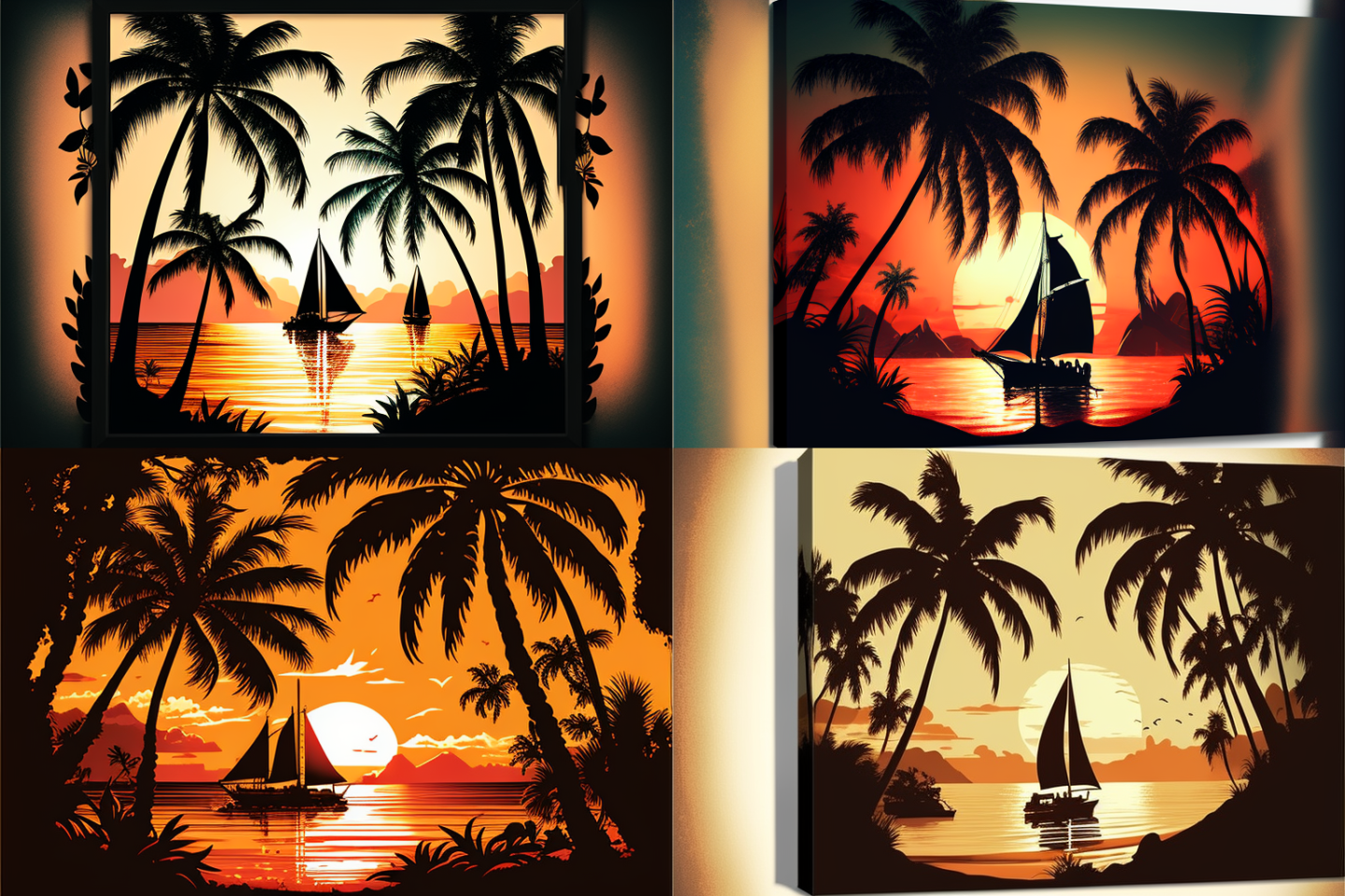Creative AI breaks through 2023

2023 will be the year Artificial Intelligence (AI) driven experiences become approachable for consumers. This statement is 100% personal view (N=1). It’s based on the rise of consumer-digestible, creative AI services for text, image, and video. Actually, McKinsey’s The state of AI in 2022 study concludes that the share of organizations that have adopted AI hasn’t risen in four years and the average number of AI services per organization seems to have plateaued too. This blog post focuses on trending AI experiences that make consumers’ lives easier or more exciting. It means using AI in design and achieving better CX through AI.
John McCarthy, a researcher who later founded AI labs at MIT and Stanford, coined the term AI in 1956. Not exactly recent. My deeper touch with creative AI was during my F-Secure days when we explored how to harness AI-enhanced Security Cloud to defend AWS and Salesforce.com workloads and content. We definitely worked with advanced AI, but it was very B2B, far from approachable for an Average Joe.
A little taste of AI in action
So, how has AI developed recently? Firstly, have we seen AI enhance customer experience? Secondly, how has AI contributed to the creative and design fields? Just glance this through.
Artificial intelligence (AI) has made significant strides in recent years and has been increasingly adopted across various industries. One of the key drivers behind this uptake has been the focus on AI experience, or the way in which AI is designed and implemented to enhance the user experience.
In the realm of customer experience (CX), AI can revolutionize how businesses interact with their customers. AI-powered chatbots, for example, can provide immediate and personalized assistance to customers, helping to resolve issues and answer questions in real-time. This can lead to improved customer satisfaction and loyalty.
However, the success of AI in CX relies heavily on the design and implementation of the technology. When designing AI systems, it is important to consider the user’s needs and goals and any potential ethical implications. This includes ensuring that the AI system is transparent and accountable and that it does not perpetuate biases.
One area where AI is beginning to make a significant impact is in the field of creative design. We now use artificial intelligence algorithms to generate unique and innovative designs in fields such as fashion, architecture, and graphic design. These AI-powered tools can save time and resources while also offering new and exciting possibilities for creators.
Overall, the uptake of AI in recent years has been driven by a focus on improving the user experience and enhancing creative capabilities. As technology continues to evolve, it will be interesting to see how AI will continue to shape and transform industries in the future.
AI for generating text
A creative AI model wrote the previous five paragraphs word for word. I didn’t have to sweat over selecting AI engines or training a model. My only contribution was typing “write a blog post about recent AI uptake with keywords AI experience, AI design, AI CX, creative AI” to an OpenAI-trained chat model CHATGBT. I’ve mixed feelings about this.
Loving it
Soon, I don’t need to write blogs, or almost anything, from a blank sheet. I can get a structurally and grammatically correct template by asking. It’s easier to refine a copy than create one from scratch.
Hating it
So can everyone else. One of my core skills just got commoditized. I can only imagine how a professional copywriter must feel. Computers killing knowledge worker jobs is starting to become a reality.
Admiring it
The capability of this model is astonishing. We tested several languages, and the text came out flawless with all of them. We asked for local turn-by-turn driving instructions. Check. We asked for code samples for a coding problem, and they were available; pick your coding language. Google has been optimized for advertisers; this machine gives one clear answer to the user. And it can all be integrated into a chatbot or whatnot! It’s not flawless, and people love to point out the entertaining mistakes in social media. Nevertheless, the potential is measured with successes, not failures.
Fearing it
At least in the US, we live in a post-factual world. We get fed personalized content and can live in our convenient bubble. The level of sophistication in the language has been one way to filter what I read. From now on, any nutcase can write a convincing piece with simple instructions. Photoshopping selfies and selective posting has twisted the worldview of the online generation. Will the same happen with AI-generated text? Will people feel inadequate when seemingly everyone else can post such precise and flawless posts?

AI for generating pictures
Both the images in this blog are generated with Midjourney AI. These aren’t even great samples, and that’s the point. Anyone can draw their fantasy, caricature, or eyesore at the drop of a hat. The sailboat pictures were created in one minute with a simple request “tropical beach with palm trees on sunset with a sailboat silhouette in the distance”
Loving it
Stock photos are boring. We wanted to use VR-related images for our previous blog. The available stock photos were either boring ‘dude with a headset’ or futuristic ‘headsets in the Matrix-like world. We created our own!
Hating it
I can’t draw or paint, nor am I especially good at taking photos. But I do appreciate the talent some people have. It will be hard to compete with ‘real’ when fake is free and accessible to everyone.
Admiring it
A picture is worth a thousand words. Producing that picture took time to write a thousand words but not anymore. Now we can focus on the message we want to send with the picture. And we can spend extra time getting the picture to match precisely the message we want to send. Community showcases for examples of art people have recently created with AI. (Content changes frequently and is beyond our control)
Fearing it
We used to consider a photo as proof of what happened. Experts can still distinguish a manipulation, but most of us can’t. Fact-checking starts to belong to the same category as Playboy articles or movie closing credits. With image manipulation AI, trolls and Karens have another robust set of tools at their disposal. Deepfake videos take this to another level.
In conclusion
AI has improved CX by lurking in the shadows for years. You know it’s functioning here and there, but when your kids ask for an example, you struggle to give one. Indeed, you can’t find any AI services a consumer could try out in McKinsey’s list of the top 10 most popular AI use cases.
The services introduced in this article have passed the strictest approachability test. They raised interest and even approval amongst my teenage girls. Amongst our focus group, 100% of people agreed that Creative AI would become approachable to the masses in 2023. (N=1).
Happy New Year,
Mikko and the A-CX team
